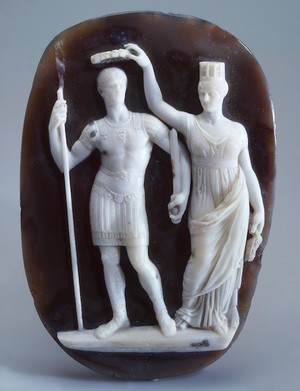From the Medieval Studies Research Blog: "Theodore Metochites’s 'Lament on Human Life,' A Later Byzantine Perspective on the Anxiety of 'Instability'"
Alas, alas, Life, you monstrous thing replete with every kind of misfortune, breeder of misfortune, theater of misfortune, and most of all of instability!
—Theodore Metochites (SG 27.1.1)

In the wake of COVID-19’s spread into a pandemic, the world has fallen into a state of collective anxiety. As a historian, I find that in such challenging times, my inclination is to look to the past. At this moment when we all contend with isolation, grief, scarcity, and the fear of contagion, we may find some solace and insight by exploring the ways in which humanity has previously coped with such feelings of uncertainty. Much of my work this year at the Medieval Institute has focused on the Byzantine statesman and polymath, Theodore Metochites (1270–1332), and his theorization of memory as expressed in his scholarship and in the iconographic program of the Chora Monastery, the renovation of which he oversaw and endowed (c. 1316–1321). No stranger to turmoil in his own life, Metochites also reflects at length on the idea of “instability” (astasia) in his writings. Several chapters of his encyclopedic work, the Semeioseis gnomikai, or “Sententious Notes,” address this recurring theme as the author himself works through the notion of uncontrollable change and fickle Fortune...
This is an excerpt from "Theodore Metochites’s 'Lament on Human Life,' A Later Byzantine Perspective on the Anxiety of 'Instability'," written by Nicole Paxton Sullo, Ph.D. (Yale University) and the Institute's 2019–20 Byzantine Fellow. Read the full story.